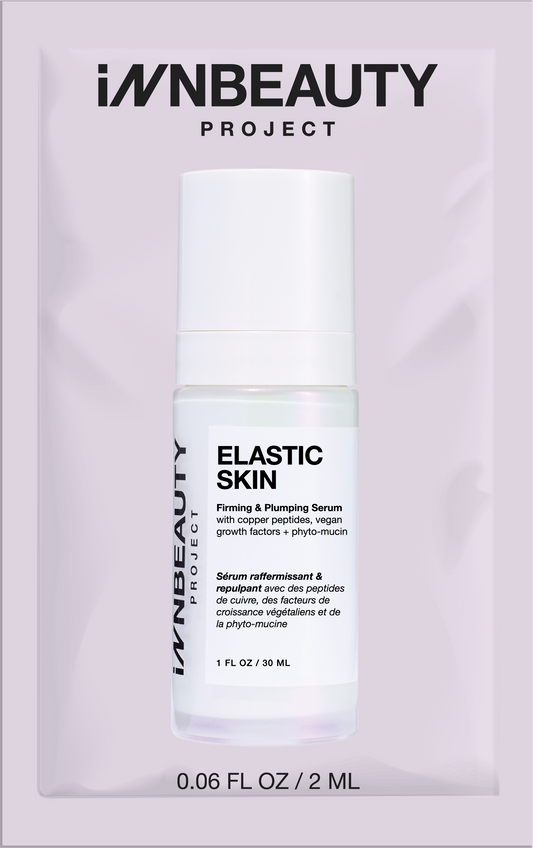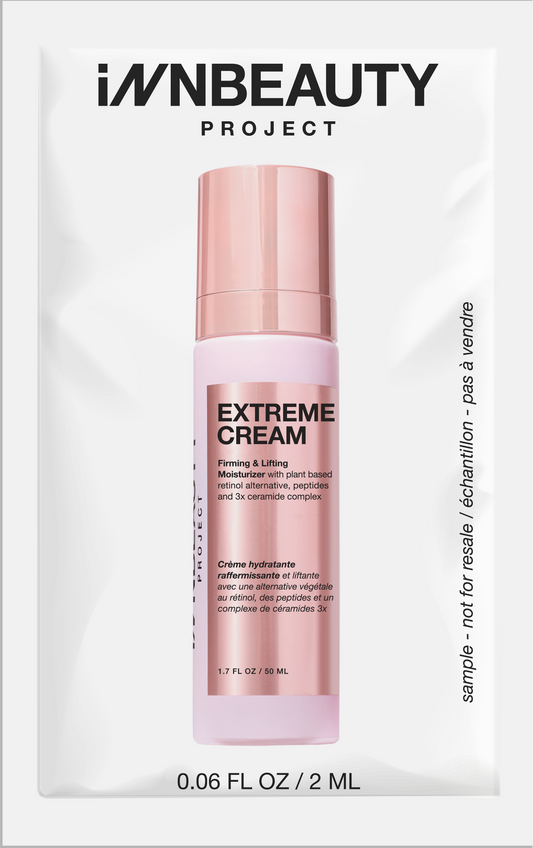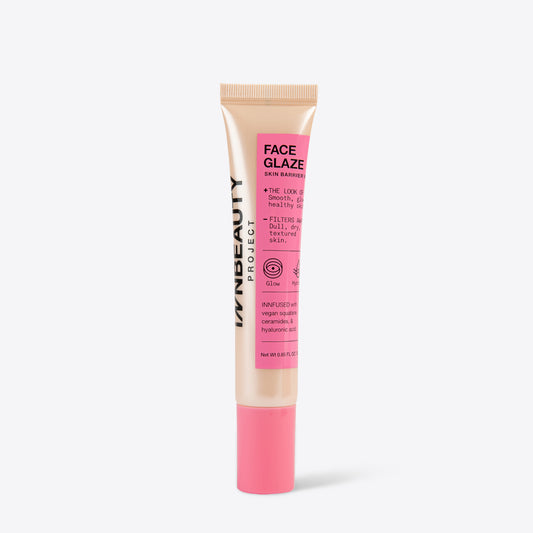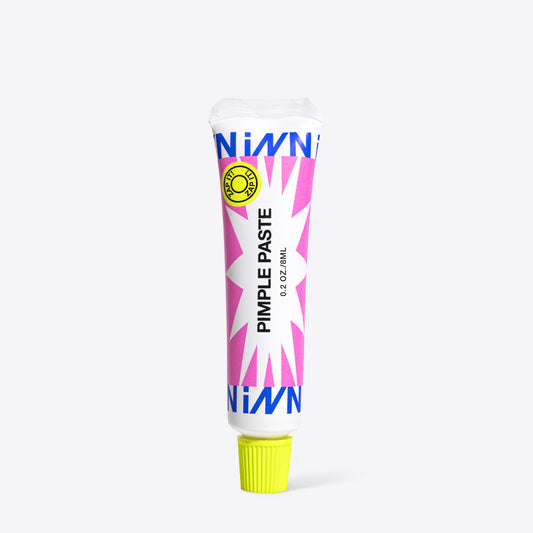With so many labels, phrases, and claims in the beauty and skincare industry, it can be overwhelming to decode what terms like “clinical” actually mean. One phrase you’ve probably seen a lot is “clinically tested.” But what does it really mean when a brand says their product has been clinically tested? And how can you, as a consumer, trust that the products you’re using are truly effective?
At INNBEAUTY Project, we believe in transparency and high-performance formulas, so we’re breaking down what clinical testing actually entails — and why our approach to clinical testing makes our products not only different but better.
What Does It Mean When Brands Claim to Be “Clinical”?
In the skincare industry, the terms “clinical” and “clinically tested” are often used interchangeably — but they don’t mean the same thing. With many brands claiming to be “clinical” these days, it’s crucial to understand what this term truly means.
When a brand calls its products “clinical,” they usually want to suggest a sense of scientific credibility. However, this term can be vague. It may imply that the products are formulated with one clinically tested ingredient (even if it is not included at clinically tested/proven levels), but it doesn’t guarantee that they’ve been tested for effectiveness or that they have solid proof to back their claims.
“At the lower end, it may simply indicate that a product includes a clinically tested ingredient, potentially added only for marketing purposes. This means it might not deliver on the promises you expect,” says Jen Shane, INNBEAUTY Project Co-Founder and Head of Formulation.
Conversely, when a brand states that its product has been “clinically tested,” it means the final saleable formula has been tested. There are several ways a brand can choose to test the formula — the main options being consumer surveys (perception) or clinical measurements.
At INNBEAUTY, we conduct clinical measurements using scientific instruments, emphasizing quantitative data and measurable outcomes rather than subjective opinions or appearance to show actual skin improvement, instead of relying on what someone feels has happened to their skin (perception). Brands may choose to rely on consumer perception studies because they are much more affordable than clinical studies and often have a better chance of achieving higher percentages (e.g., 98% of users felt their skin was firmer).
When conducting clinical measurements, you are looking at scientific measurements of how the skin is changing over time. You might see a 30% average increase in firmness, which is a huge improvement. But perception-wise, to the consumer, 98% may seem more impressive. As a consumer looking for the highest levels of efficacy in their products, it is crucial to understand the difference — these two percentages are not apples to apples.
How INNBEAUTY Goes Above and Beyond in the Formulation Stage
There are tens of thousands of options in the world of skincare active ingredients. At INNBEAUTY, we only look for ingredients that have been tested on human subjects — this is called in-vivo testing. In-vivo testing is an expensive option for the supplier, so it eliminates many ingredients.
These are the most common types of testing a raw material supplier may conduct:
In-vitro testing: This is done on cells or tissues in a petri dish. While this type of testing provides useful insights into how a product or ingredient might work, it doesn’t necessarily reflect how the product will interact with real skin.
Ex-vivo testing: This method uses human or animal skin samples, often obtained from plastic surgery procedures, and tests the product outside of the body. Ex-vivo testing is beneficial because it allows testing without the need for live subjects while maintaining the skin’s natural barrier and structure. It’s considered a good alternative to in-vivo testing, though still not as definitive.
In-vivo testing: The most reliable method, in-vivo testing is done on actual human subjects. This type of testing provides the most accurate results for how a product will perform in real-life scenarios. While in-vivo testing is more expensive, it’s also the gold standard — and it’s what we prioritize at INNBEAUTY Project.
Jen Shane sums it up: “My 20 years in the industry have shown me there is often more success when the ingredient has already been proven effective on actual human beings who are eating, sleeping, facing stress, and pollution just like the consumer who will use the product. So, it’s super important to me that the ingredients we choose to incorporate into our formulas have in-vivo testing and not just in-vitro.”
How INNBEAUTY Project Takes Clinical Testing Further
Many brands will only rely on raw material supplier testing, and sometimes only include the active ingredient at low levels (below the clinically tested level for affordability and better margins), and rely on marketing language to make the product seem effective. At INNBEAUTY Project, we include the active ingredients at the clinically tested % — we also test the entire formula on real people (through an independent third-party clinical testing facility to ensure we do not sway any results) to ensure the formula performs as promised.
We prioritize clinical testing budgets, which is not common in the beauty industry. When we launched Extreme Cream, we invested over $100,000 into clinical testing for the final formula and nearly $200,000 on our most recent launch, Calm The Red. We want to ensure that our product delivers the best results on the market.
We use sophisticated instruments to measure changes in the skin over a 12-week period, with timepoints along the way to ensure sustained benefits. We also share the average improvement (the average improvement seen across all subjects) as opposed to just the “up-to %.” For example, when conducting measurements on elasticity, the average improvement may be 30%, but perhaps one subject saw a 98% improvement. “Of course, it sounds catchier and more impressive to just use the higher up-to %, but it is so important to me that we share the average improvement, as this shows what an average consumer can expect to see from the product.”
“The investment in clinical testing that we undergo is not typical, but at INNBEAUTY, we’re asking our customers to trust that our formulas are the best and beat out the $200 or $300 formulas on the market — and what better way to do that than actual scientific data.”
Why Clinical Testing Matters for Consumer Trust
In an industry full of lofty promises, clinical testing is one of the few ways brands can provide concrete proof that their products actually work. When you see real data backing a product, you can trust that your money is well spent and that the product will deliver on its claims.
“We opt to spend a lot on clinical testing to ensure our customers know they can 100% trust that our formulas are going to work,” Shane says. “I’m so proud of our formulas — we’re including 8, 9, or 10+ active ingredients in a formula, which is truly not the norm in our industry (norm being 1-3), all at clinically tested levels. Then, we clinically test the final formula to ensure it’s delivering the BEST results on the market. My passion lies in pushing the boundaries of what is thought possible with topical skincare. If I cannot create something more effective for a faster, more holistic result, I won’t even try.”
At INNBEAUTY Project, we’re committed to bringing you high-performance, science-backed formulas at an accessible price point. While other brands may charge hundreds of dollars for products with only a few active ingredients, we pack our formulas with multiple actives and prove their efficacy through rigorous testing. That way, you can feel confident in the results.
The Bottom Line
Clinical testing in skincare isn’t just a buzzword — it’s proof that a product does what it claims. We go above and beyond, investing in extensive clinical trials and scientifically-backed formulas to ensure that every product you use is safe, effective, and worth every penny. We believe you deserve skincare that delivers real results, and we have the data to back it up.









